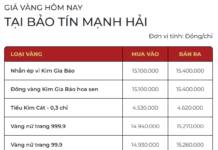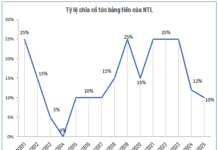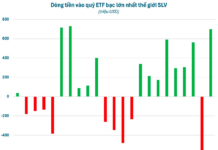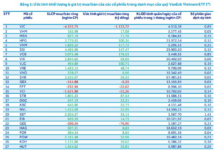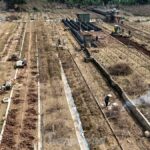Master Plan for the Lao Cai – Hanoi – Hai Phong – Quang Ninh Railway Line
The Vietnam Railway Authority has proposed to the Ministry of Transport for appraisal and approval of the Master Plan for the Lao Cai – Hanoi – Hai Phong – Quang Ninh railway line, with the starting point at Lao Cai station (from the rail connection with China) and the endpoint at Ha Long station (belonging to the Kep – Ha Long route).
The project has a total length of approximately 427 km and includes 41 stations across 10 provinces/cities: Lao Cai, Yen Bai, Phu Tho, Vinh Phuc, Hanoi, Bac Ninh, Hung Yen, Hai Duong, Hai Phong, and Quang Ninh.
The railway line consists of two main sections: Lao Cai – Southern Hai Phong – Lach Huyen Port, spanning 391.065 km, and Southern Hai Phong – Cai Lan, measuring 50.590 km. Additionally, there are two branch sections: Southern Hai Phong – Nam Do Son Port, at 12.632 km, and Nam Dinh Vu – Dinh Vu, stretching over 7.418 km.

The railway line will pass through major seaports in Hai Phong and Quang Ninh. Illustration: AI ChatGPT
Based on demand forecasts and the scope of construction works, consultants proposed investing in the construction of the Lao Cai – Hanoi – Hai Phong section by 2030; the Hai Phong – Quang Ninh section will be studied for implementation after 2030, along with the coastal railway line from Nam Dinh to Thai Binh, Hai Phong, and Quang Ninh.
The estimated total investment for this railway line is VND 179,126 billion, including VND 23,448 billion for site clearance costs, VND 107,260 billion for construction and equipment costs, and the remainder allocated for consultancy, project management, and contingency funds.
Prioritizing Investment in Strategic Railway Connectivity with China
Concluding the official visit of Chinese Premier Li Qiang to Vietnam from October 12-14, a Joint Statement between the Socialist Republic of Vietnam and the People’s Republic of China was announced.
The statement included an agreement between the two sides to promote strategic connectivity in their development, accelerate infrastructure connectivity, particularly in railways, and expedite the feasibility study for the standard-gauge railway line from Lao Cai to Hanoi and Hai Phong.
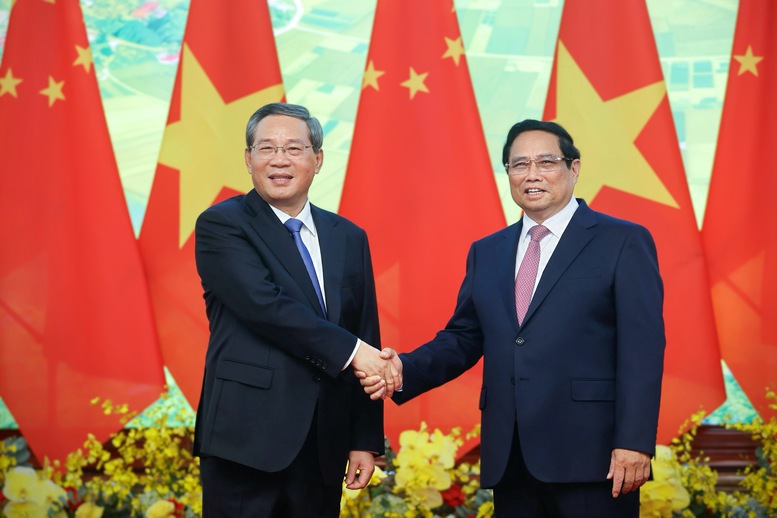
Prime Minister Pham Minh Chinh and Chinese Premier Li Qiang. Photo: VGP/Nhat Bac
Earlier, during the state visit to China on August 19, General Secretary and President To Lam, together with General Secretary and President Xi Jinping, witnessed the signing of 14 cooperation documents between ministries, sectors, and localities of the two countries. Among these was the Certificate of Handover for the Project Results of the Standard-Gauge Railway Planning Project from Lao Cai to Hanoi and Hai Phong between the Government of the Socialist Republic of Vietnam and the Government of the People’s Republic of China.
More recently, the Government decided to allocate VND 4 billion from the central budget reserve for 2024 to the Ministry of Transport to prepare a pre-feasibility study report for the Lao Cai – Hanoi – Hai Phong railway line.
Specifically, Deputy Prime Minister Tran Luu Quang signed Decision No. 864/QD-TTg on providing VND 4 billion from the central budget reserve for 2024 to the Ministry of Transport to prepare the pre-feasibility study report for the Lao Cai – Hanoi – Hai Phong railway line, as proposed by the Ministry of Planning and Investment. The Ministry of Planning and Investment is responsible for the content of the report and proposal, ensuring compliance with regulations.
In February 2024, the Government Office issued Document No. 57/TB-VPCP, announcing the conclusions of the Standing Government regarding investment in several national railway lines. The Standing Government requested that the Ministry of Transport coordinate with the Ministry of Foreign Affairs and relevant agencies to promptly work with China to reach an agreement on a memorandum of understanding and cooperation investment options for the Lao Cai – Hanoi – Hai Phong railway line.
The immediate focus is on investing in the Lao Cai – Hanoi – Hai Phong line (with the aim of commencing construction in 2025), exploring the use of preferential foreign loans (clarifying interest rates, loan value, and duration) and bond issuance for investment.
The Significance of the Lao Cai – Hanoi – Hai Phong – Quang Ninh Railway Line
The Lao Cai – Hanoi – Hai Phong – Quang Ninh railway line brings significant economic, social, and transportation benefits to the region and the country.
Firstly, it connects key economic regions in northern Vietnam, enhancing trade between the provinces of Lao Cai, Hanoi, Hai Phong, and Quang Ninh. This boosts local economic development, especially cross-border trade with China in Lao Cai and Quang Ninh.
Additionally, Hai Phong boasts the largest cluster of seaports in northern Vietnam (Lach Huyen and Dinh Vu), from where goods can be transported to various international markets via sea routes. This railway line facilitates the swift transport of goods from China or northern border provinces to Hai Phong for export, expanding international trade opportunities for both Vietnam and China.
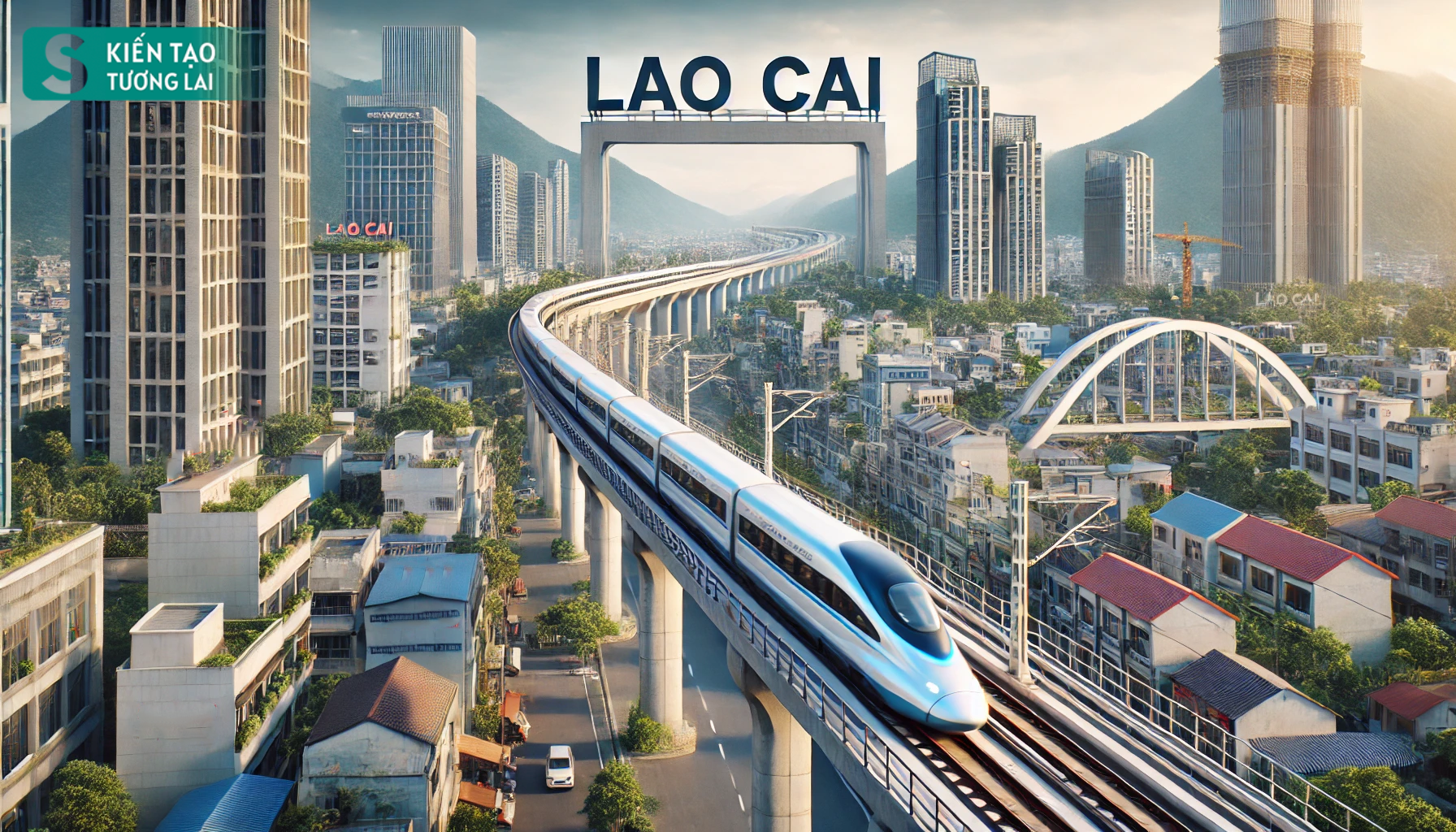
The Lao Cai – Hanoi – Hai Phong – Quang Ninh railway line contributes not only to the development of the northern region but also actively supports the overall economic growth of Vietnam. Illustration: AI ChatGPT
In the future, this railway line will enable efficient cargo coordination, alleviating congestion at border gates. Goods from China can be transported directly to Hai Phong for export to other countries, eliminating intermediary steps and optimizing the export process.
Utilizing the railway will also reduce the burden on the road network, especially National Highway 5, easing traffic congestion and reducing road accidents, while minimizing road maintenance and transportation costs.
Railway transportation typically offers lower costs compared to road transport, especially for heavy and bulk cargo. This reduces logistics expenses and enhances the competitiveness of Vietnamese enterprises.
Many Vietnamese agricultural products and consumer goods, such as rice, fruits, seafood, and wooden furniture, are exported to China through the Lao Cai border gate. The railway will provide better preservation and maintain the quality of time- and temperature-sensitive products.
Additionally, as the line passes through renowned tourist destinations in Lao Cai, Hai Phong, Quang Ninh, and Hanoi, it will facilitate the movement of domestic and international tourists between these locations, fostering tourism development in the provinces along the route.
The Future of Transportation: Revolutionizing Travel with the High-Speed North-South Railway Project
On the afternoon of October 14, a council meeting was held at the Ministry of Planning and Investment headquarters. The meeting was chaired by the Minister of Planning and Investment, Mr. Nguyen Chi Dung, who is also the Chairman of the State Appraisal Council. The council met to review and appraise the pre-feasibility study report for the high-speed North-South railway project.
“The Capital Conundrum: Unraveling Hanoi’s ‘Super’ Transport Project Delays”
With a substantial budget of thousands of billions of dong allocated for construction, these projects are intended to alleviate traffic congestion: the expansion of National Highway 6, the extension of the Thang Long Boulevard expressway, and the Ring Road 1 section from Hoang Cau to Voi Phuc. However, the disbursement of funds for these initiatives has been slow, resulting in delayed progress and idle budget allocation.
The Heartbreaking Yet Determined Effort to Revive the Japanese Apricot Village After the Devastating Storm.
A blanket of smoke and fire engulfed the Nhat Tan peach garden in Hanoi as the storm raged on. The villagers, with reddened eyes, watched as the familiar trees, tended with so much dedication and care, were burned to the ground.







